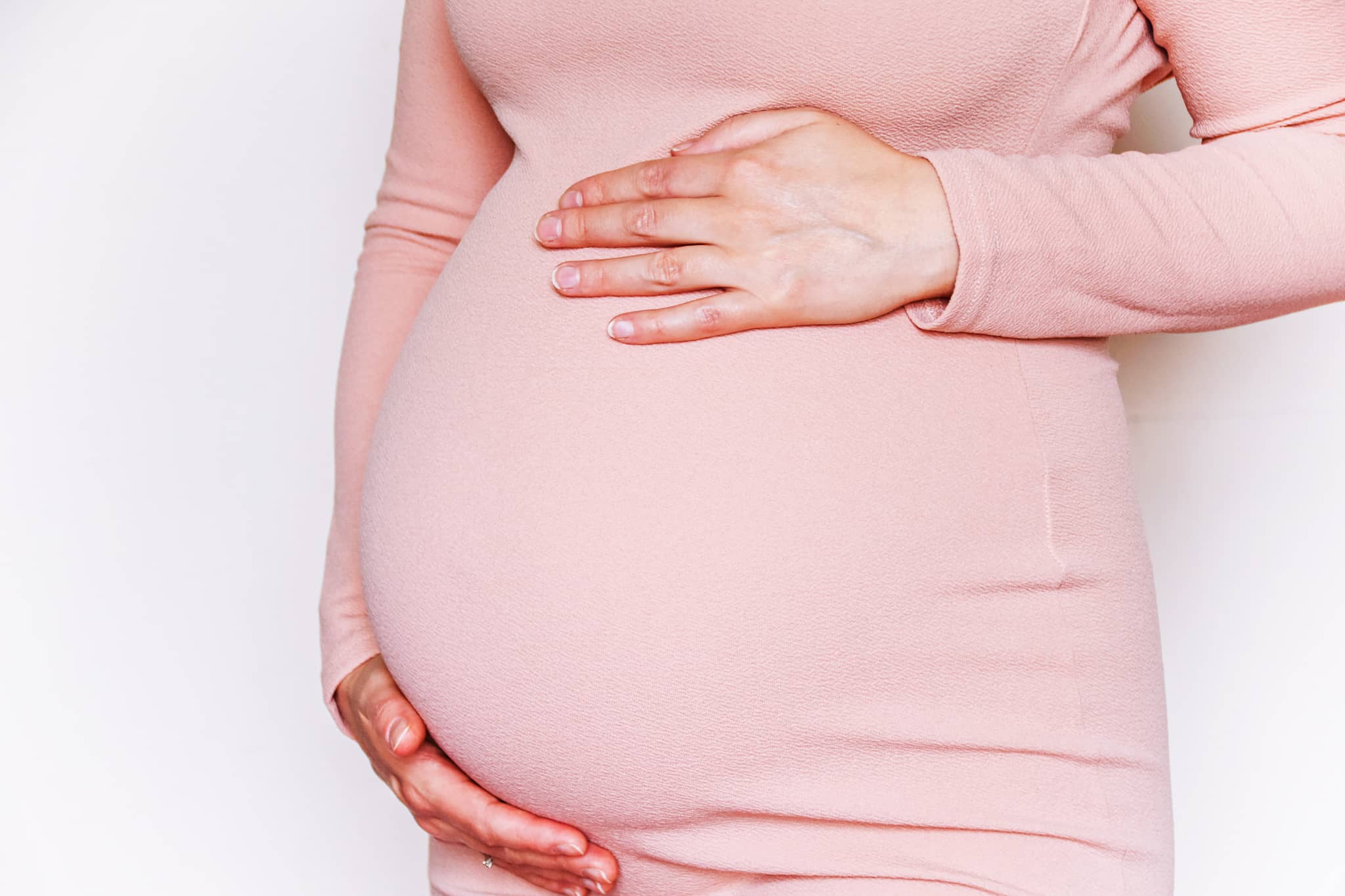Prenatal Signs and Symptoms

Many pregnant moms wonder how labor will feel like and how to determine whether it's actual labor or a mere false alarm. There are common signs and symptoms that women go through before labor; however, it remains hard to predict precisely how it will feel or how long it will last since every birth experience can be different. To be as prepared as possible, take the time to learn about what labor is, and the common signs to look out for that will cue in the arrival of your special one.
Signs of labor can differ from one woman to another; however, there are some main strong signs that most women experience near delivery. During pregnancy, a plug of mucus located in your cervix remains intact until you're ready to give birth. When approaching labor, this plug of mucus comes away, indicating that the cervix is opening up in preparation for giving birth. This process is a sign of labor that is often referred to as a "show" ¹. Here are some of the topics that we will explore in more detail in this article:
- Early signs of labor
- Stages of labor
- Contractions during pregnancy and labor
Early signs of labour
Let's go through some labor signs and symptoms that indicate active labor being in progress or happening soon. Here are some of the early signs that will help you realize that you are in labor:
Baby dropping or lightening
One of the early signs to look out for, especially if you are a mom for the first time, is baby dropping, also known as lightning. This means that the baby is descending into the pelvis, and it could happen two to four weeks before birth. By dropping lower or settling into the pelvis, the baby may cause increased pressure on the bladder leading to the urge to urinate more often ². However, dropping may also ease breathing and reduce heartburn.
Increased back pain, cramps and loose-feeling joints
Lower back pain, cramps and loose feeling joints are considered typical symptoms of labor getting close. Muscles and joints start to stretch and shift to prepare for birth, especially for women who gave birth before. In addition to cramps, you may notice that your joints are less tight and loosened up a bit, leaving your joints more relaxed and your pelvis opening.
Diarrhea
In the same way that the muscles in the uterus area are loosening up and relaxing, muscles in other areas like the rectum start to relax as well. This can lead to diarrhea, it is entirely normal, and many women experience it at different times throughout pregnancy.³ Remember to stay hydrated if you suffer from diarrhea to replenish your body with fluids you lose.
Nesting instinct or fatigue will take over
The third trimester of pregnancy can be similar to the first one when it comes to having an active bladder and feeling constantly tired. With your belly getting larger, your bladder and organs can be compressed, making it challenging to get good sleep at night. This will leave you somewhat exhausted and in need of naps throughout the day. However, other moms can get bursts of energy during this time, which is also referred to as the nesting instinct ⁴. This instinct can cause a compelling urge to organize things and over-prepare for your baby's arrival!
Stages of labor
Other signs that you are going into labour can include your water breaking, cramping or tightening, similar to period pain and pressure as the baby's head moves into the pelvis. There are three stages of labor; each is accompanied by a set of signs and symptoms. Here are the three stages of labor:
- The first stage is usually the longest, and it's when contractions increase, and your cervix begins to open up, also referred to as dilation. Everyone progresses differently, therefore don't feel discouraged if you are dilating slowly or late.
- The second stage of labour is when the cervix is fully open, and it is the part of labour where you help your baby move through your vagina by pushing with your contractions.
- The third stage is after the baby is already born; this is when the womb contracts causing the placenta to come out through the vagina.
Contractions during pregnancy and labour
Contractions are a sign of active labor, but some women can experience Braxton Hicks contractions, also referred to as practice contractions, for weeks before delivery. To be able to tell the difference between real and false labor contractions when the times comes, here are some signs of actual labor contractions:
- Real contractions tend to get stronger, while Braxton Hicks contractions ease up.
- Real labor contractions happen more frequently and become more and more painful as time goes on to form a pattern.
- The intensity of contraction builds over time during labor, and frequency increases gradually.
- Labor contractions don't go away by changing positions like Braxton Hicks contractions usually do.
References:
- https://www.nhs.uk/pregnancy/labour-and-birth/signs-of-labour/signs-that-labour-has-begun/
- https://www.uofmhealth.org/health-library/aa88159
- https://www.whattoexpect.com/pregnancy/labor-signs
- https://americanpregnancy.org/healthy-pregnancy/pregnancy-health-wellness/nesting-during-pregnancy-5364/
- https://healthengine.com.au/info/stages-of-labour
- https://www.marchofdimes.org/pregnancy/contractions-and-signs-of-labor.aspx
Moms around the world trust JOHNSON’S® to care for their babies
We are committed to working with moms, healthcare experts and scientists to ensure our products continue achieving the highest standards in safety, quality and care.
